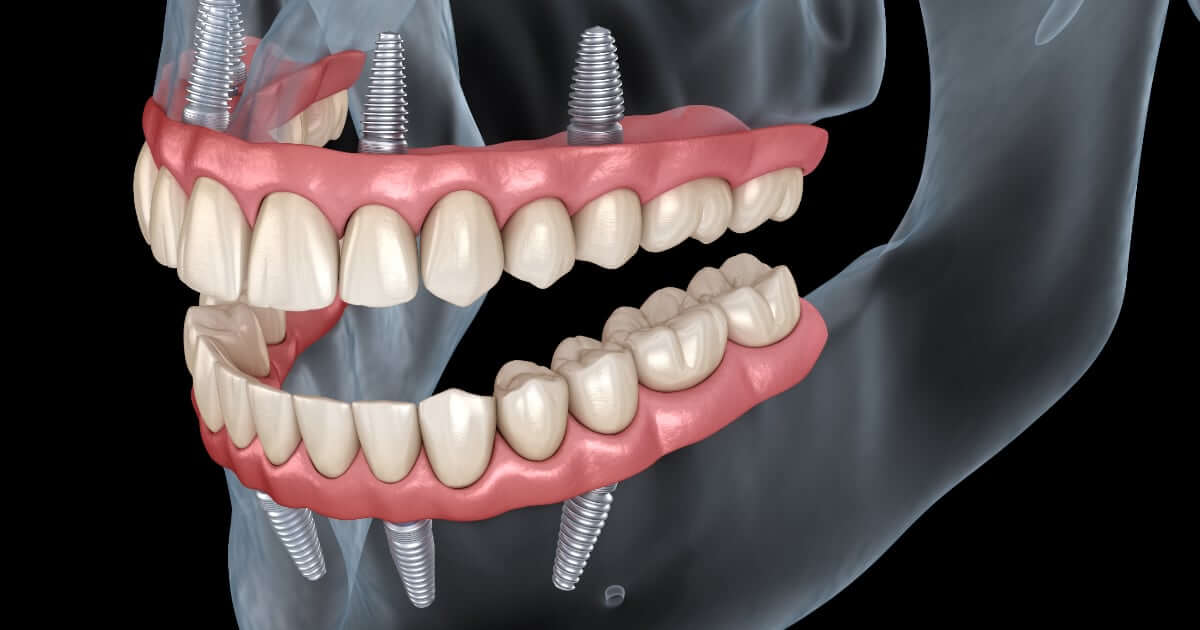
How to use dental floss
Why should I use dental floss?
Dental floss is an important part of oral hygiene because it helps to remove plaque and food particles from the spaces between your teeth and gums. Plaque is a sticky film of bacteria that can build up on your teeth and gums if not removed properly, and can lead to tooth decay and gum disease.
Flossing helps to remove plaque and food particles from areas where a toothbrush can’t reach, such as the spaces between your teeth and along the gumline. This helps to prevent plaque buildup and tooth decay, and can also help to improve the overall health of your gums. Additionally, it also helps to freshen your breath.
It is recommended to floss once a day, ideally before brushing your teeth at night. If you are having trouble flossing or you are not sure if you are doing it correctly, here is a guide for you to do it correctly:
- Take about 18 inches of floss and wind it around your middle fingers, leaving about 2 inches of floss between them.
- Hold the floss tightly between your thumbs and index fingers.
- Gently guide the floss between your teeth using a rubbing motion. Do not snap the floss into your gums.
- Once the floss reaches the gumline, curve it into a C shape against one tooth and gently slide it into the space between the gum and tooth.
- Hold the floss tightly against the tooth and use an up-and-down motion to scrape the plaque off the tooth surface.
- Repeat this process on the rest of your teeth, using a fresh section of floss for each tooth.
- Don’t forget the back side of your last tooth and the tongue side of your front teeth
- Once you’re finished, throw the floss away and rinse your mouth with water.
What if my gums bleed after dental floss?
If your gums bleed after flossing, it may be a sign that you have gingivitis, which is a mild form of gum disease. This can be caused by a buildup of plaque and bacteria along the gumline.
Bleeding gums when flossing is not uncommon, especially if you have not been flossing regularly or if you have not been flossing correctly. However, it is important to address this issue as it could lead to more serious gum disease if left untreated.
Here are some things you can do to reduce or stop bleeding gums:
-Use a gentler flossing technique. You may be flossing too hard or too aggressively, which can irritate your gums and cause bleeding.
-Floss more often. Daily flossing will help to remove plaque and bacteria from your teeth and gums, which can help to reduce inflammation and bleeding.
-Use an antiseptic mouthwash. Rinse your mouth with an antiseptic mouthwash before flossing to kill bacteria and reduce inflammation.
-Improve your overall oral hygiene. Brush your teeth twice a day with a fluoride toothpaste, and make sure to brush your gums gently too.
-Consult your dentist or dental hygienist. They can help to determine the cause of your bleeding gums and recommend a treatment plan.
Es importante abordar este problema y visitar al dentista con regularidad. Además, si el sangrado persiste o se agrava, lo mejor es consultarnos cuanto antes.





